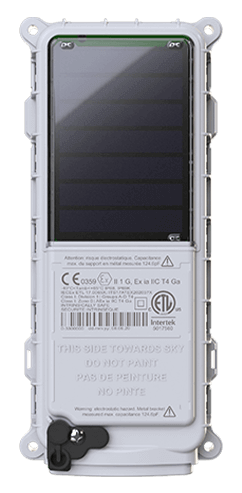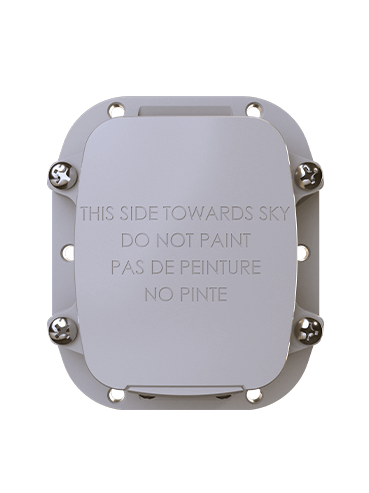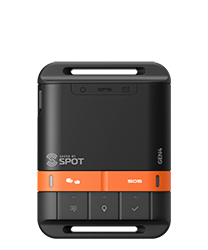Supporting Lone Worker and Remote Communications with Satellite
For professionals working beyond the limits of cellular coverage, reliable connectivity isn’t a luxury – it’s a lifeline. Whether it’s a utility technician on a remote job site, a marine biologist collecting field data offshore, or a forest ranger monitoring wildlife conditions, the ability to stay in touch with teams, report emergencies, and share location data is mission-critical.
In areas where cellular networks fall short – either due to terrain, distance, or lack of infrastructure – satellite connectivity fills the gap. Satellite handheld devices offer a vital lifeline, delivering coverage where other networks can’t reach and enabling communication in the world’s most disconnected places.
Key Use Cases: Where Satellite Connectivity Delivers
Lone or remote workers populate many industry verticals, and organizations are turning more attention toward safely supporting them during field work, stationing, or on research expeditions.
Lone Worker Safety and Emergency Response
Lone workers face unique challenges, from utility crews in isolated regions to inspectors traveling alone through rural corridors. Without nearby colleagues or consistent network access, these individuals are more vulnerable to injury, sudden weather events, or equipment failure. Satellite-enabled handheld devices allow them to send GPS-tagged check-ins, communicate with supervisors, and trigger emergency alerts when needed. This ensures that safety procedures can be followed and support can be dispatched quickly and accurately.
Marine and Nearshore Operations
Professionals in marine environments – such as oceanographers, nearshore engineers, and coastal regions – often move outside the range of land-based cellular networks. For these users, uninterrupted communication is essential for logistics and reporting data, coordinating teams, and ensuring safety in unpredictable conditions. Satellite handhelds ensure that even off land, a reliable connection is still within reach.
Forestry and Environmental Research
Those conducting fieldwork in forests, mountain ranges, or remote conservation zones often operate in completely disconnected environments. Satellite handheld devices enable real-time data reporting, location tracking, and communication with researchers or emergency services, even in the heart of dense wilderness. Maintaining visibility into assets and personnel is critical in these situations – not only for scientific work but for field safety.
Differentiators That Matter in Remote Environments
The effectiveness of satellite devices in these use cases depends heavily on their capabilities and the supporting network. A few key differentiators determine whether a device is simply functional or truly operationally transformative.
- Compact design: Devices built with a small form factor are easier to carry, attach to gear, or integrate into wearables. This ensures mobility without compromise, especially for field personnel and lone workers.
- Global coverage: Devices that connect to a low-Earth orbit (LEO) satellite network offer global connectivity, enabling users to stay in touch regardless of the terrain, geography, or infrastructure.
- Platform-agnostic integration: Compatibility with existing systems is key. Platform-agnostic devices can be more easily deployed across a variety of industries and organizational structures without requiring major overhauls to existing workflows.
- Low power requirements: Remote work environments often mean limited access to charging infrastructure. Devices that consume minimal power are better suited for long-duration missions, multi-day fieldwork, or travel across disconnected regions.
The Solution that Brings it All Together
With decades of experience in mobile satellite services and a reliable LEO network, Globalstar offers solutions that check every box – from compact, lightweight handheld devices to global coverage, seamless integration, and power-efficient design. Our technology supports mission-critical, life-saving communications in the world’s most remote and demanding environments.
Backed by over 30 years of experience, strong industry partnerships, and a commitment to continued innovation, Globalstar is on a growth trajectory that ensures long-term value, expanded capacity, and next-generation solutions. Perhaps most importantly, we offer this with unparalleled reliability and affordability.
Reach out to our team of experts to learn more.
This is the third blog in our ongoing series exploring the value of satellite connectivity across industries. Up next, we’ll dive into how satellite communications support disaster and emergency response efforts, enabling coordination and safety when ground-based networks go down.
 SmartOne Solar
SmartOne Solar SmartOne C
SmartOne C STX3
STX3 SPOT X
SPOT X SPOT Gen4
SPOT Gen4 SPOT Trace
SPOT Trace